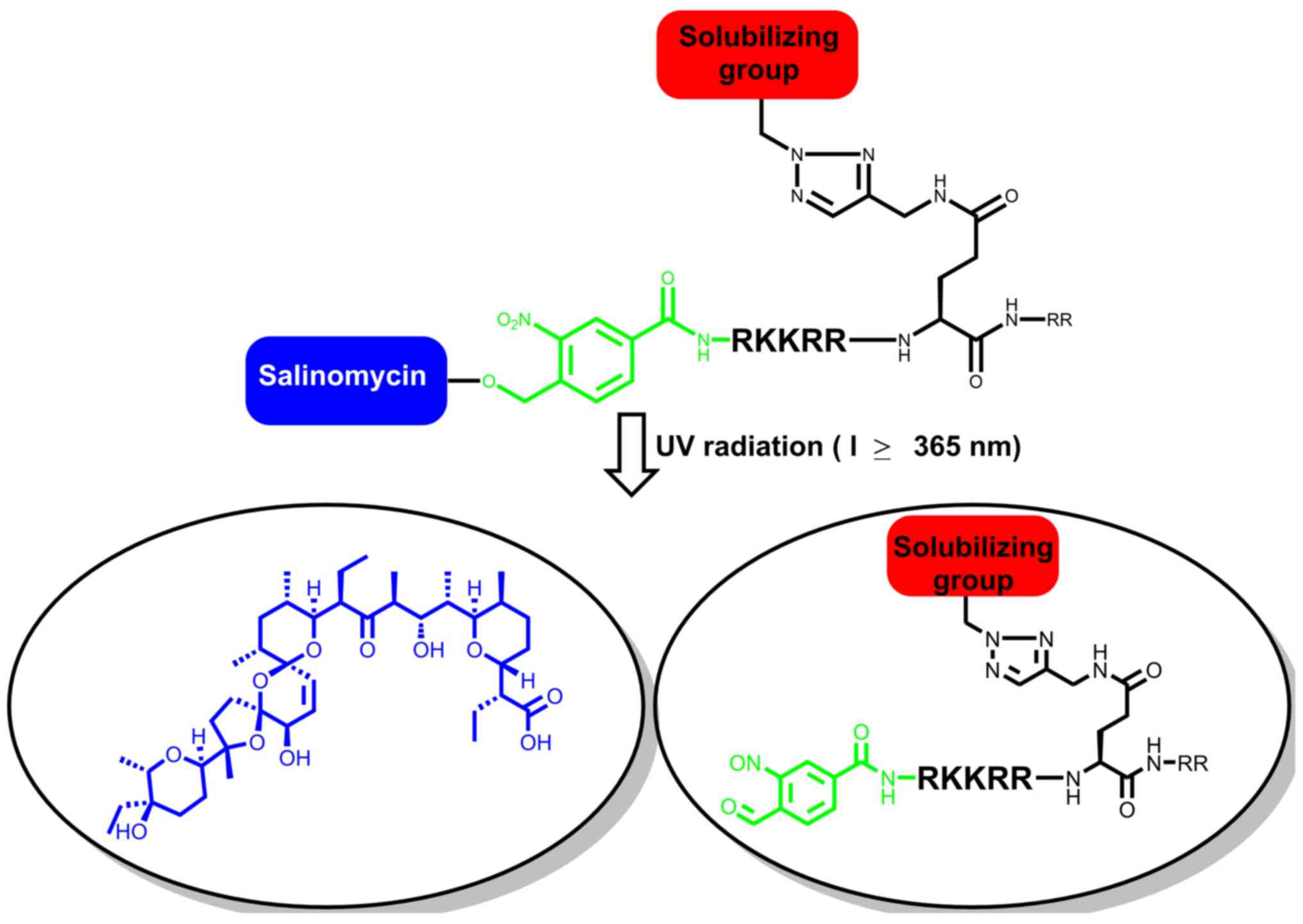
Lifitigrast has been shown to reduce T-cell activation and cytokine release and to mitigate downstream inflammatory processes ( Figure.

9 A competitive binding study has shown lifitegrast is a potent inhibitor of the interaction between LFA-1 and ICAM-1 ( Figure 1C) on the surface of Jurkat T cells and HuT 78 T-cells, with an effective K d of 3 nM. Activated T-cells release inflammatory cytokines that may cause damage to ocular tissue, including the ocular surface. 8 Subsequent intracellular signaling events lead to the activation and proliferation of T-cells. 7 Formation of the LFA-1/ICAM-1 complex triggers the binding of the T-cell receptor (TCR) to the major histocompatibility complex (MHC) on the APC membrane to formi immunological synapses. ICAM-1 is over-expressed on inflamed endothelial and epithelial cells, and on antigen-presenting cells (APCs). 5 Inflammation at the ocular surface has been linked to the binding of lymphocyte function-associated antigen-1 (LFA-1) on T-cells, a heterodimeric protein of the integrin family, 6 to the intercellular cell adhesion molecule-1 (ICAM-1) on conjunctiva epithelia. 4ĭES is believed to result from T cell-mediated inflammation at the ocular surface and periocular tissue ( Figure 1A,B). 3 These symptoms are typically managed by self-administration of artificial tears. 2 DES symptoms in contact lens wearers include dryness, eye tiredness and soreness, irritation, scratchy sensations, blurry vision, and excessive blinking. Our technology could easily be integrated into daily-use contact lenses in order to prevent inflammation at the ocular surface, dry-eye and contact lens-mediated discomfort.Īpproximately 40 million adults in the United States wear contact lenses 1 with a significant number experiencing dry-eye syndrome (DES). Compared to tear-drop approaches, our engineered lenses would sustain the passive delivery of therapeutically-relevant doses of lifitegrast over a longer period, and exhibit improved drug utilization at a lower cost. Over a 10-hour exposure to indoor light, a single lens would release 0.44% of the lifitegrast present in two drops of commercial 5% lifitegrast. The amount of lifitegrast released from the lens increases during exposures to outdoor sunlight. This concentration exceeds the K d for the interaction between ICAM-1 and LFA-1 by ∼330-fold and would sustain inhibition of inflammatory responses at the ocular surface. Our studies show that passive exposures of the lens to indoor light would generate an average of 990 nM lifitegrast to every tear film in a zero-order reaction for up to 10-hours. The photoproduct of the reaction remains chemically-linked to the polymer of the single-use lens. Exposures of the lens to the 400-430 nm wavelengths of indoor daylight excite the caged crosslinker molecules and trigger a bond-cleavage reaction that releases authentic lifitegrast passively to the tear film. Lifitegrast is coupled to the polymer of the soft hydrogel lens via a photolabile (caged) crosslinker. Here we engineer contact lenses to release therapeutically-relevant doses of lifitegrast to every tear film for up to 10-hours. While effective in treating DES, 5% (81.2 mM) lifitegrast has low drug utilization and elicits off-target effects. Lifitegrast is a potent inhibitor of the interaction between LFA-1 on T-cells and ICAM-1 on endothelial cells at the ocular surface. 2017, 134, 44380.Lifitegrast is an FDA-approved drug that inhibits T-cell mediated inflammation associated with dry eye syndrome (DES). Specific interactions between glucose and the polymer chains were evidenced by values of the partition coefficient higher than unity. All hydrogels were also permeable to glucose and insulin, which displayed comparable diffusion coefficients (in the order of 10 −6 cm 2/s). Results showed that the swelling was dependent on the IonS (with swelling reductions up to 20–30% for IonS increases in the range 0–300 mM) and, to a lesser extent, on the pH of the surrounding medium (with swelling increments of about 10% for increasing pH in the range 2.5–11). The transport of glucose and insulin through thin hydrogel membranes was finally assessed in a modified Ussing chamber at physiological values of pH and IonS (7.4 and 150 mM, respectively).

Swelling measurements in distilled water were performed to estimate the yielded crosslink density, while swelling tests at 37 ☌ in selected media allowed to analyze the mesh size changes induced by various pH and ionic strength (IonS) conditions. Several hydrogels were synthesized through UV irradiation of PEGDA solutions for different exposure times. The aim of this work was to assess the diffusive properties of poly(ethylene glycol) diacrylate (PEGDA)-based hydrogels, derived from low MW prepolymers, in view of potential biomedical applications.


 0 kommentar(er)
0 kommentar(er)
